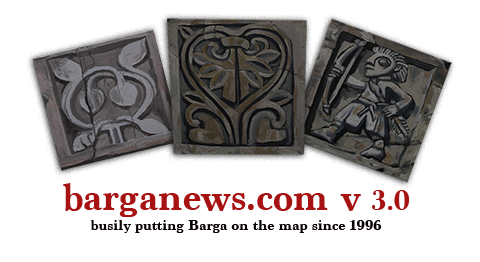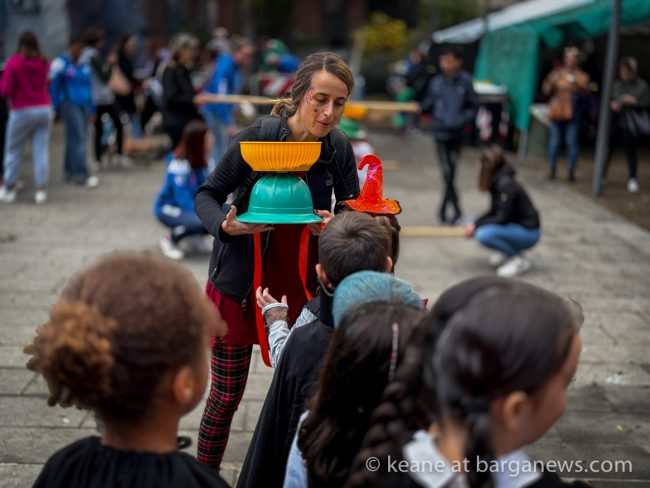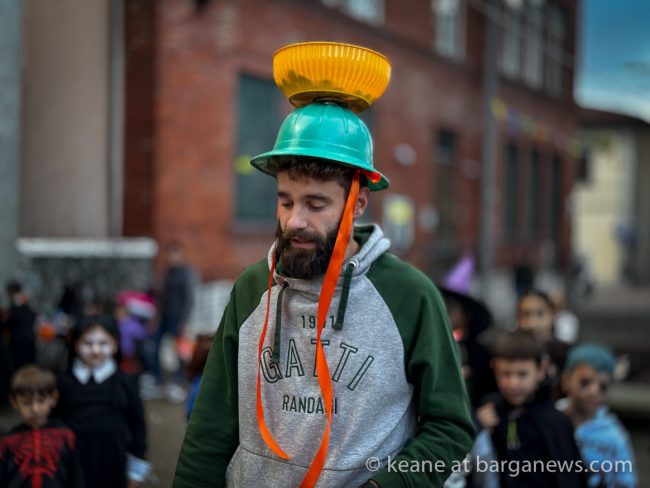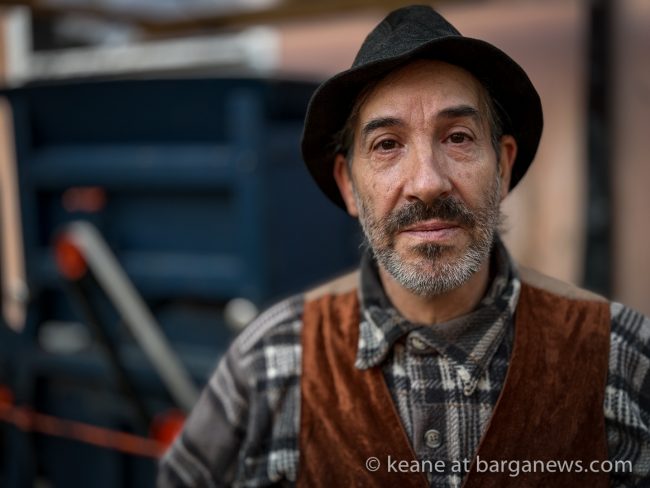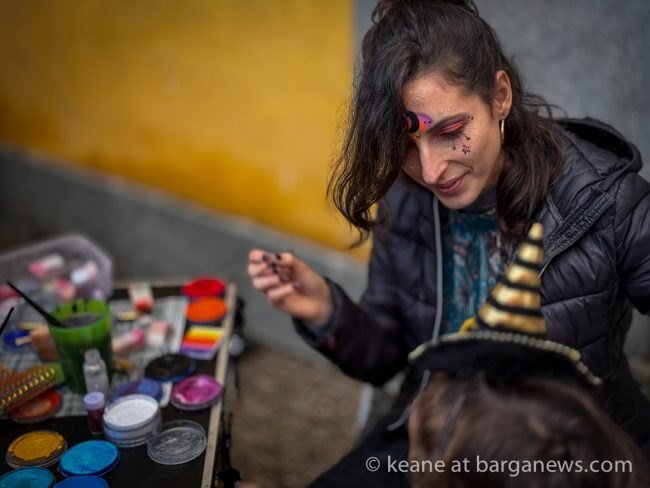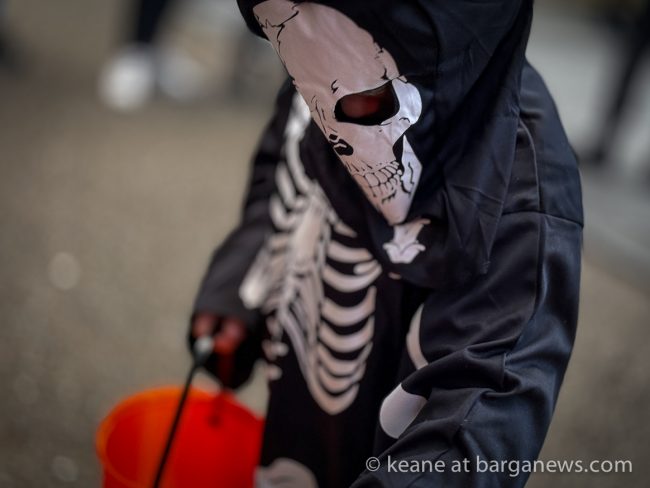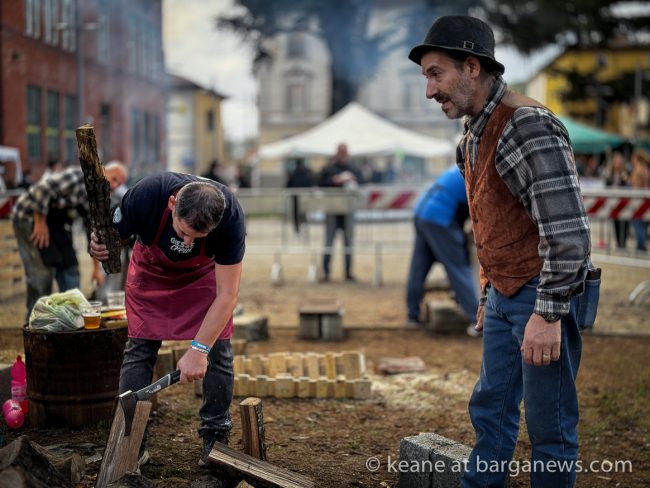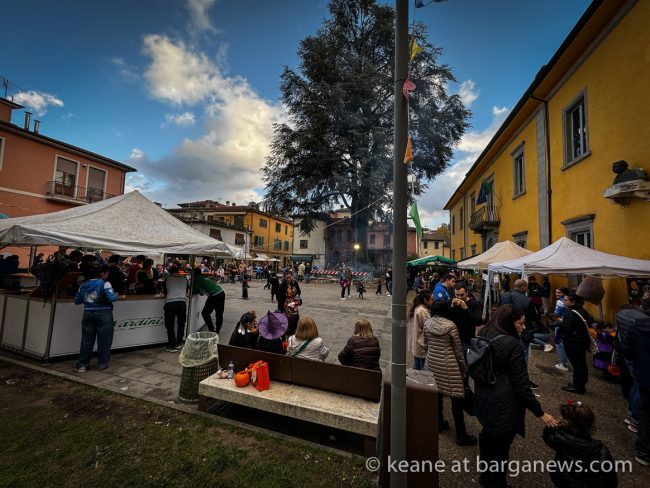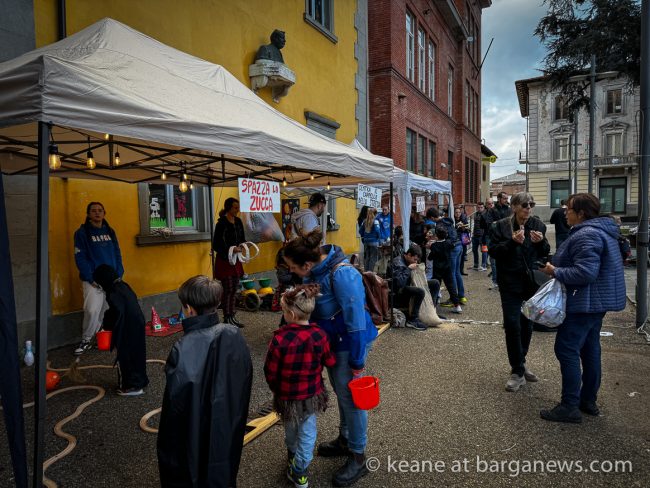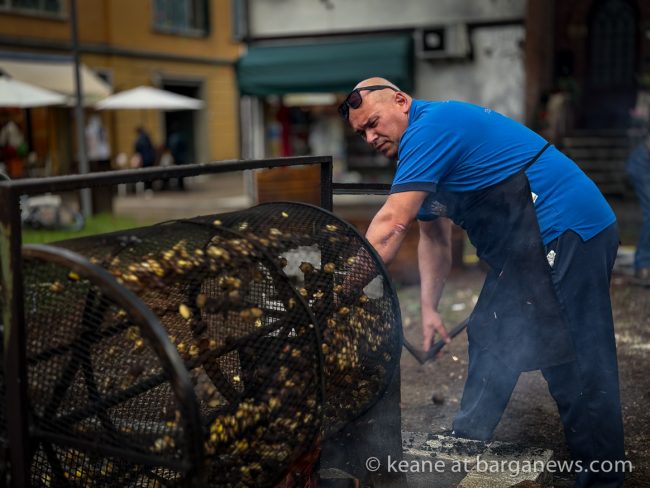The original Halloween was for adults and was a pretty scary event all things considered. It was taken across the Atlantic to the the States by waves of immigrants where over the years it was transformed into a more commercially minded, child orientated kind of party and from there it was re-exported back to Europe in its mutated form.
Halloween is a yearly celebration observed in a number of countries on 31 October, the eve of the Western Christian feast of All Hallows’ Day. It initiates the triduum of Allhallowtide, the time in the liturgical year dedicated to remembering the dead, including saints (hallows), martyrs, and all the faithful departed believers. Within Allhallowtide, the traditional focus of All Hallows’ Eve revolves around the theme of using “humour and ridicule to confront the power of death.”
According to many scholars, All Hallows’ Eve is a Christianised feast initially influenced by Celtic harvest festivals, with possible pagan roots, particularly the Gaelic Samhain.
Samhain is a Gaelic festival marking the end of the harvest season and the beginning of winter or the “darker half” of the year. It is celebrated from sunset on 31 October to sunset on 1 November, or about halfway between the autumn equinox and the winter solstice. It is one of the four Gaelic seasonal festivals, along with Imbolc, Beltane and Lughnasadh.
Historically, it was widely observed throughout Ireland, Scotland and the Isle of Man. Kindred festivals were held at the same time of year in other Celtic lands; for example the Brythonic Calan Gaeaf (in Wales), Kalan Gwav (in Cornwall), and Kalan Goañv (in Brittany).
Samhain is mentioned in some of the earliest Irish literature and is known to have pre-Christian roots. Many important events in Irish mythology happen or begin on Samhain. It was the time when cattle were brought back down from the summer pastures and when livestock were slaughtered for the winter. As at Beltane, special bonfires were lit. These were deemed to have protective and cleansing powers and there were rituals involving them. Samhain (like Beltane) was seen as a liminal time, when the spirits or fairies (the Aos Sí) could more easily come into our world.
Most scholars see the Aos Sí as remnants of the pagan gods and nature spirits. It was believed that the Aos Sí needed to be propitiated to ensure that the people and their livestock survived the winter. Offerings of food and drink were left for them. The souls of the dead were also thought to revisit their homes. Feasts were had, at which the souls of dead kin were beckoned to attend and a place set at the table for them. Mumming and guising were part of the festival, and involved people going door-to-door in costume (or in disguise), often reciting verses in exchange for food. The costumes may have been a way of imitating, or disguising oneself from, the Aos Sí.
Divination rituals were also a big part of the festival and often involved nuts and apples. In the late 19th century, Sir John Rhys and Sir James Frazer suggested that it was the “Celtic New Year”, and this view has been repeated by some other scholars.
In the 9th century, the Roman Catholic Church shifted the date of All Saints’ Day to 1 November, while 2 November later became All Souls’ Day. Over time, Samhain and All Saints’/All Souls’ merged to create the modern Halloween.Historians have used the name ‘Samhain’ to refer to Gaelic ‘Halloween’ customs up until the 19th century.
Since the latter 20th century, Celtic neopagans and Wiccans have observed Samhain, or something based on it, as a religious holiday. Neopagans in the Southern Hemisphere often celebrate Samhain at the other end of the year (~30 April – 1 May).
Step back in time and have a wander through some of the archives of Halloween in Barga – 2022 |
2016 | 2015 | 2014 | 2013 | 2012 | 2011 | 2010 | 2009 | 2008 | 2007 | 2003 | 1999 |
 |
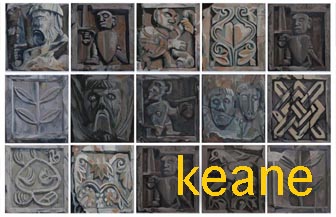 |
 |
 |
La festa di Halloween originale era rivolta agli adulti ed era, tutto considerato, un evento piuttosto spaventoso. Fu portata attraverso l’Atlantico agli Stati Uniti da ondate di immigrati dove nel corso degli anni è stata trasformata in una festa più orientata al commercio e ai bambini, e da lì è stata nuovamente esportata in Europa nella sua forma mutata.
Halloween è una celebrazione annuale osservata in diversi paesi il 31 ottobre, la vigilia della festa cristiana occidentale di Ognissanti. Inizia il triduo di Ognissanti, il periodo dell’anno liturgico dedicato al ricordo dei morti, compresi i santi (ogni santificato), i martiri e tutti i fedeli defunti. All’interno di Ognissanti, il tradizionale focus della Vigilia di Ognissanti ruota attorno al tema dell’uso dell’umorismo e della ridicolizzazione per affrontare il potere della morte.
Secondo molti studiosi, la Vigilia di Ognissanti è una festa cristianizzata influenzata inizialmente dalle feste celtiche del raccolto, con possibili radici pagane, in particolare il Samhain gaelico.
Samhain è una festa gaelica che segna la fine della stagione del raccolto e l’inizio dell’inverno o della “metà più scura” dell’anno. Viene celebrata dal tramonto del 31 ottobre al tramonto del 1 novembre, o circa a metà strada tra l’equinozio d’autunno e il solstizio d’inverno. È una delle quattro feste stagionali gaeliche, insieme a Imbolc, Beltane e Lughnasadh.
Storicamente, è stata ampiamente osservata in tutta l’Irlanda, la Scozia e l’Isola di Man. Feste simili si tenevano nello stesso periodo in altri territori celtici; ad esempio il Calan Gaeaf brittonico (in Galles), Kalan Gwav (in Cornovaglia) e Kalan Goañv (in Bretagna).
Samhain è menzionato in alcune delle prime opere letterarie irlandesi ed è noto per avere radici pre-cristiane. Molti eventi importanti nella mitologia irlandese accadono o iniziano durante il Samhain. Era il momento in cui il bestiame veniva riportato giù dai pascoli estivi e quando il bestiame veniva macellato per l’inverno. Come a Beltane, venivano accesi speciali falò. Si pensava che avessero poteri protettivi e purificanti e c’erano rituali che li coinvolgevano. Il Samhain (come il Beltane) era considerato un momento liminale, quando gli spiriti o le fate (gli Aos Sí) potevano entrare più facilmente nel nostro mondo.
La maggior parte degli studiosi vede gli Aos Sí come resti degli dei pagani e degli spiriti della natura. Si riteneva che gli Aos Sí dovessero essere propiziati per garantire che le persone e il loro bestiame sopravvivessero all’inverno. Per loro venivano lasciate offerte di cibo e bevande. Si pensava anche che le anime dei morti visitassero le loro case. Si tenevano festini, durante i quali le anime dei parenti defunti venivano invitate a partecipare e un posto veniva preparato per loro al tavolo. Le maschere e i travestimenti facevano parte della festa e coinvolgevano persone che andavano di porta in porta travestite (o mascherate), spesso recitando versi in cambio di cibo. I costumi potevano essere un modo per imitare o nascondersi dagli Aos Sí.
I rituali divinatori facevano anche parte della festa e spesso coinvolgevano noci e mele. Alla fine del XIX secolo, Sir John Rhys e Sir James Frazer suggerirono che fosse il “Capodanno celtico”, e questa visione è stata ripresa da alcuni altri studiosi.
Nel IX secolo, la Chiesa cattolica romana spostò la data di Ognissanti al 1 novembre, mentre il 2 novembre divenne in seguito la Festa di Tutti i Morti. Nel tempo, Samhain e Ognissanti/Ognissanti si fusero per creare l’attuale Halloween. Gli storici hanno usato il nome “Samhain” per riferirsi alle consuetudini gaeliche di “Halloween” fino al XIX secolo.
Dal secondo dopoguerra, i neopagani celtici e i wiccani hanno osservato Samhain, o qualcosa basato su di esso, come festa religiosa. I neopagani dell’emisfero meridionale spesso celebrano Samhain all’altra estremità dell’anno (~30 aprile – 1 maggio).
